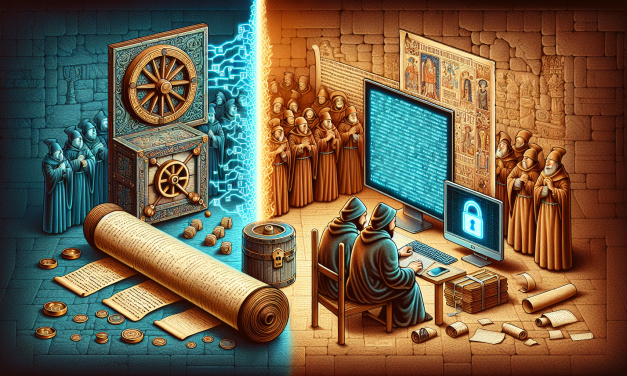Why Switching Pays Off: The Surprising Logic Behind the Monty Hall Problem and Everyday Decisions
Step into the classic game show dilemma known as the Monty Hall Problem—a puzzle that challenges our intuition about probability and decision-making. Discover why switching your choice of door dramatically increases your chances of winning, and explore how this counterintuitive logic appears in everyday situations like medical testing, job interviews, and even social media scrolling. This blog unpacks how our brains often misjudge probability and offers practical tips for sharpening your intuition, helping you make smarter decisions in a world full of hidden information and surprising surprises.
Read More







